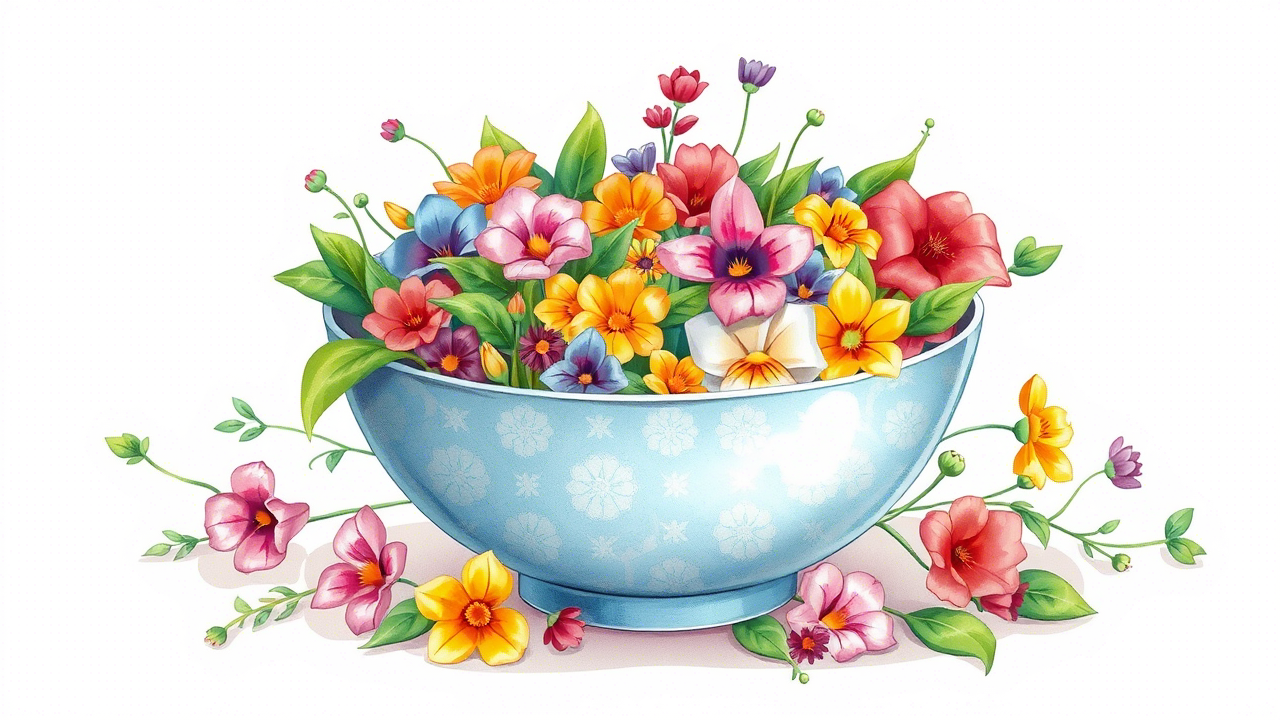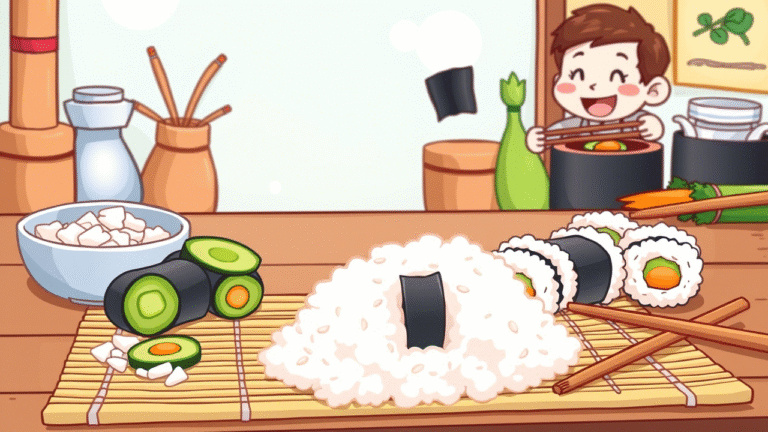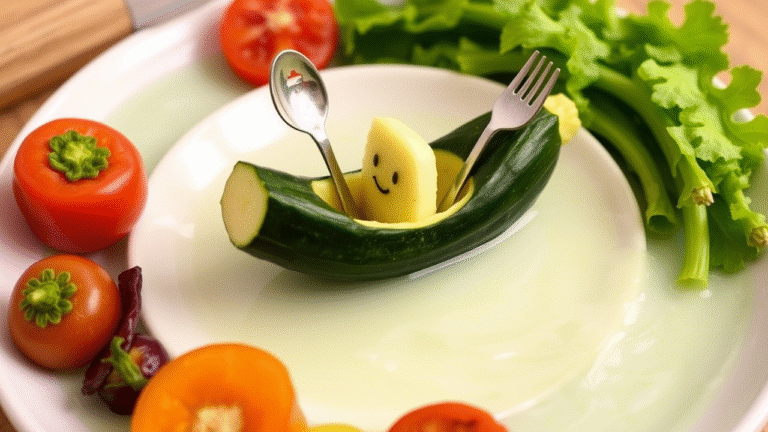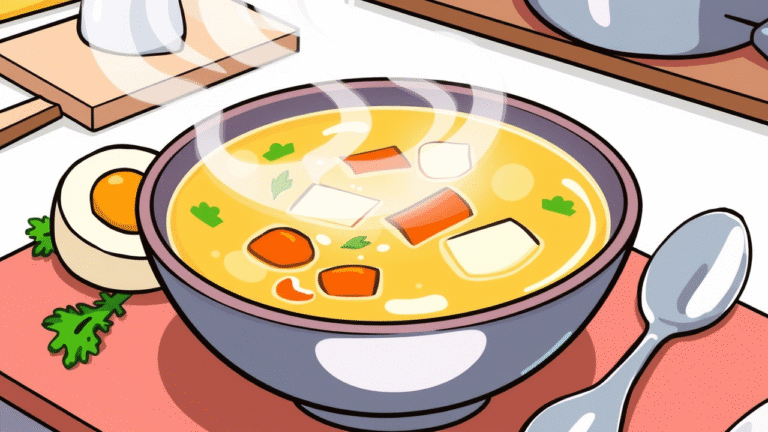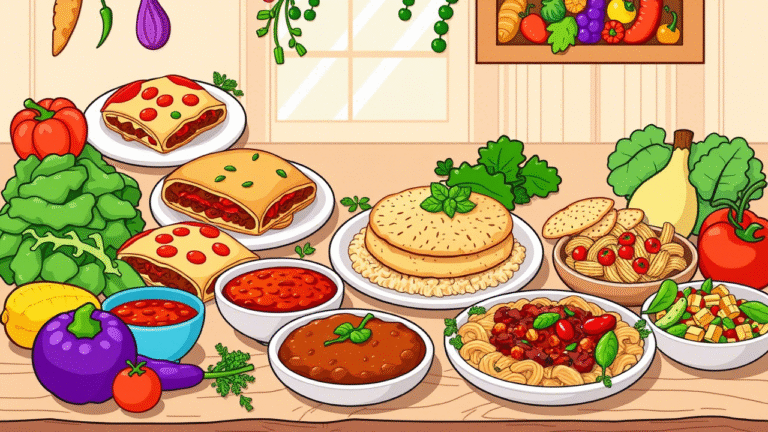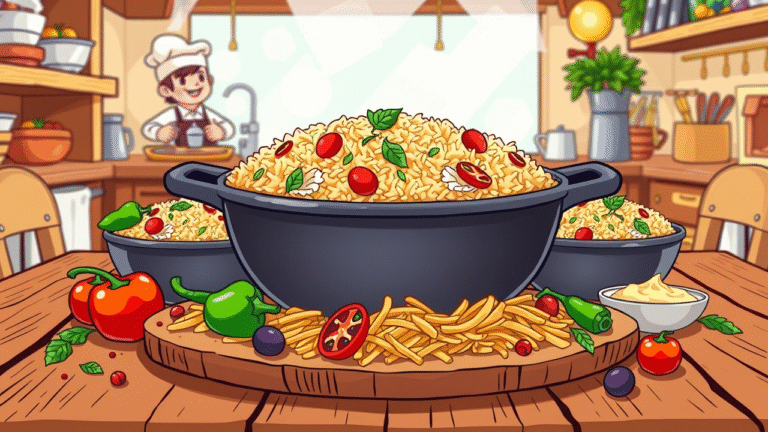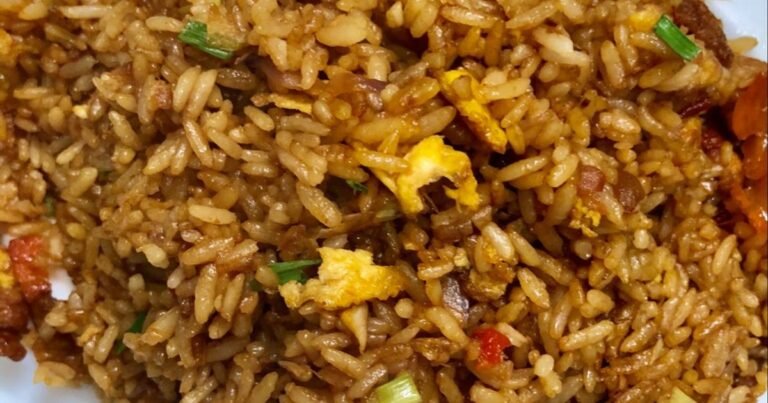Edible Flower Salads That Look Like Art
Have you ever wanted to make your salad a work of art? Edible flower salads are just that — they’re gorgeous, colorful dishes that look like they should be hanging in an art museum.
These salads are not only pretty, they are also nutrient dense and full of taste — as good for your body as they may look in your Instagram feed.
Why Edible Flower Salads Are Taking Over
Let me explain to you why these salads are so magical. First, they’re just visually stunning. Second, they taste amazing. And, third, they’re good for you. Ready to dive deeper? Let’s go.
A Feast for the Eyes
Now picture a platter of vivid orange nasturtiums, dusty-pink roses and sunflower-yellow marigolds. Doesn’t your heart leap at the mere thought of it? That’s the thrill of edible flower salads.
They turn ordinary greens into something extraordinary. It can be almost too beautiful to eat, each bloom contributing its own color and shape. Almost.
I’ve made these salads for dinner parties, and, believe me, people are aware. No one can resist photographing the chiles before taking a bite.
The food isn’t only food — it’s an experience. They are salads for weddings, for brunches, for a lovely night at home when you just want to feel fancy.
Flavor That Surprises
Now let’s talk about taste. Edible flowers aren’t just a pretty face — they pack a punch of flavor, too. Nasturtiums are spicy with a radish-like zip, but mild.
Roses are sweet and floral, while marigolds are citrusy. Pansies? Mild and grassy – like fresh herbs. Each bite is a surprise.
After all, when I first tasted a nasturtium, I was surprised. Who would have thought a flower could carry such a wallop? It made my salad interesting instead of boring.
The textural mix of flavors keeps things fresh. You’re not likely to come across that in your average Caesar salad.
Nutrition That Wows
Here’s the best part: Edible flowers aren’t just delicious — they’re good for you, as well. Consider the damask rose petal for a moment. It can be observed that they have the maximum level of 31.9 mg of GAE/g of total phenolic content.
What does that mean? High antioxidant power. Antioxidants battle free radicals, and that can help protect your cells.
Marigold and ixora too have very strong antioxidants. For what you may not realize is that by eating these flowers, you’re automatically giving your body a lift.
And one serving of a typical edible flower salad contains just 58 calories, plus fiber, protein and vitamins inside. Nothing on that plate is sinfully tasty.
The Numbers Behind the Bloom Boom
The edible flower craze isn’t going to wilt away. Incredibly, global sales of these blossoms reached $1.2 billion in 2024. It is estimated to reach USD 3.0 billion in 2035, at a CAGR of 8.7%. That’s huge!
Why is this happening? There is a growing awareness about health. They demand food that is healthy and sustainable. Edible flowers are ideal. Restaurants are catching on as well. And chefs like using them to cook dishes that knock customers’ socks off. From posh restaurants to casual cafes, there are edible flowers everywhere.
Popular Flowers and Their Superpowers
Courtesy of Gabby Peyton Not all edible flowers are created equal. A few catch the eye more than others. Here’s a guide to the superstars of the salad world:
Damask Rose
- Antioxidant: >90% inhibition
- Phenolic Content: 31.9 mg GAE/g
- Flavor Profile: Floral, sweet
- Visual Appeal: Deep pink/red
My favorites are Damask roses.” Their bright color breaks up the look of any dish and their sweet flavor plays so well off of savory ingredients. Plus, those antioxidants? Major bonus.
Marigold
- Antioxidant assay: >90% Inhibition
- Content of Phenolics: ~28 mg GAE/g
- Flavor Profile: Mild, citrusy
- Visual Appeal: Bright yellow
Marigolds grow in the shape of sunshine. Their happy color livens up salads, and their faint citrus flavor play well with tangy dressings. It’s a taste of summer in every bite.
Ixora
- Antioxidant Activity: Inhibition >90%).
- Content of Phenolics: ~ 28 mg GAE/g
- Taste Profile: Mild, a little sour
- Visual Appeal: Orange/red
Ixora is a lesser-known plant but it shouldn’t be. Its orange-red color lends a warm note to salads, and its mild acidity is a nice foil for anything creamy (like avocado).
Nasturtium
- Taste: Peppery, spicy
- Looks: Glowing Orange/yellow
Nasturtiums are bold. Their fire engine red color is as intense as their flavor. If you want to jolt your taste buds awake, start here.
Pansy
- Flavor Profile: Mild, grassy
- Visual Appeal: Multicolored
Pansies are the chameleons of the flower world. With their variegated petals, they bring a little whimsy to a plate. They have a mild flavor that gets out of the way of other ingredients.
Dianthus
- Flavor Profile: Clove-like
- Visual Appeal: Pink/red/white
Dianthus is the elegant one at table. It’s got an unexpected but delightful clove note. Balance it with sweeter components as in this recipe.
How to Make Your Own Edible Flower Salad
Ready to get creative? Here are a few ideas to get you started:
Nasturtium & Avocado Salad
This combo is a winner. Begin with mixed greens, then put on slices of creamy avocado. Add some feta cheese for a hit of saltiness and sunflower seeds for crunch.
Top with bright orange nasturtiums. Drizzle some olive oil and lemon juice over the salad. Simple yet stunning.
Pansy & Strawberry Salad
xs Fruity This fruity option is perfect for a sweet twist. Start with mixed greens, then pile on fresh strawberries. Strew pansies across the top for a burst of color.
Top with a little vinaigrette. Great for springtime get-togethers.
Mixed Greens & Rose Petals
This one’s romantic. Mix the Swiss chard, sorrel and celery leaves. Include nasturtium leaves for a bit of extra zing. Top it with rose, elder or calendula petals.
Drizzle a little raspberry vinaigrette over the top. Serve it on date night.
Tips for Perfect Presentation
Do you want your salad to look as beautiful as it tastes? Follow these tips:
- Combine Colors and Shapes: Embrace variety. Pair various flowers to create a contrast.
- Flowers on Top: Add just before serving. This keeps them fresh.
- Opt for Light Dressings: The heavy sauce can destroy light floral tastes. Stick with vinaigrettes.
- Storing — Keep the petals refrigerated at 5°C to optimize shelf-life.
Final Thoughts
Edible flower salads are beauty, flavor and health, wrapped into one little salad! As the market expands, you can expect them to be everywhere. So the next time you need a little “special,” pick up some flowers and start flinging.
Trust me, your plate — and your palate — will appreciate it.

I’m Kai, a fitness fiend and wellness geek from Vancouver. I love helping people find small, sustainable ways to feel better every day. From workouts, to good mental health, to smoothie recipes, I keep it real. Perfection is not my thing — progress is. When I’m not at the gym, I’m likely to be hiking or sampling a new meditation app

